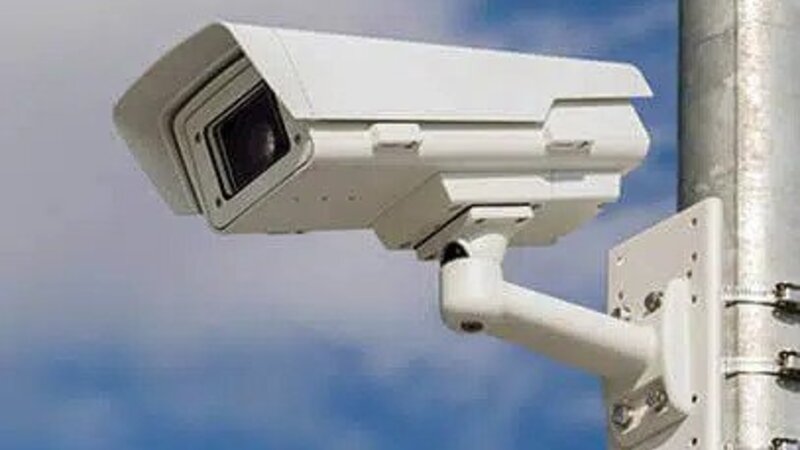A commercial fire alarm system is seldom thought about until a fire breaks out, sending a signal to the panel that triggers the group of sounders. Contemporary alarm structures intermingle remote signals or prompts that send fire crews directly to the fire site. As long as staff adheres to fire drill training, then all involved can stay safe. What are the moving parts of an all-encompassing emergency setup?
Fire Alarm System Breakdown
Intelligent detection devices lie at the heart of a commercial fire alarm system. The term fire denotes a focus on fire and smoke damage, but there’s so much more to the story. Here are the various types of detectors:
- Smoke Detector
- Heat Detector
- Carbon Monoxide Detector
- Manual Call Point
- Multi-Sensor Detector
No system is complete without a brain and all detector signals are sent to the Control Panel, the center of operations. This central hub relays status information throughout the entirety of the setup.
How Fire Systems Communicate
Fire detectors work on pre-seat heat values like an electrical fuse to determine whether a signal needs to be relayed to the central hub. When the eutectic alloy essentially changes state, turning from a solid to a liquid. Through the ionization process, smoke detectors monitor building pressure, humidity levels, and ambient temperature changes.
Organizations feel safer after partnering with Alert Protective Services, LLC, a commercial security firm. To know more please visit their website.

